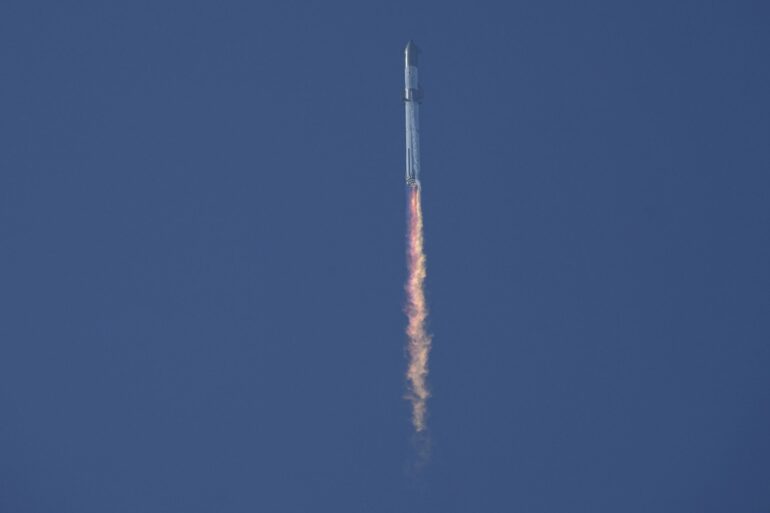China, India and the U.S. have all achieved landing on the Moon in the 2020s.
Once there, their eventual goal is to set up a base. But a successful base – along with the spacecraft that will carry people to it – must be habitable for humans. And a big part of creating a habitable base is making sure the heating and cooling systems work.
That’s especially true because the ambient temperature of potential places for a base can vary widely. Lunar equatorial temperatures can range from minus 208 to 250 degrees Farenheit (minus 130 to 120 degrees Celsius) – and similarly, from minus 225 F to 70 F (minus 153 C to 20 C) on Mars.
In 2011, the National Academies of Science published a report outlining research in the physical and life sciences that scientists would need to do for the U.S. space program to succeed. The report emphasized the need for research about building heating and cooling systems for structures in space.
I’m an engineering professor, and when that report came out, I submitted a research proposal to NASA. I wanted to study something called the liquid-vapor phenomenon. Figuring out the science behind this phenomenon would help with these big questions around keeping structures in space a comfortable and habitable temperature.
Over a decade after we submitted a proposal, my team’s project is now being tested on the International Space Station.
Going with the ‘flow’
Liquid-vapor systems – or two-phase systems – involve the simultaneous flow of liquid and vapor within a heating or cooling system. While many commercial air conditioners and refrigeration systems on Earth use two-phase systems, most systems used in spacecraft and on the International Space Station are purely liquid systems – or one-phase systems.
In one-phase systems, a liquid coolant moves through the system and absorbs excess heat, which raises the liquid’s temperature. This is similar to the way cars use radiators to cool. Conversely, heated liquid in the system would eject the heat out to the ambient area, lowering the liquid’s temperature to its initial level.
But liquid-vapor systems could transfer heat more effectively than these one-phase systems, and they’re much smaller and lighter than purely liquid systems. When traveling in space, you have to carry everything on the craft with you, so small and light equipment is essential.
There are two key processes that happen in a closed, two-phase liquid-vapor system. In one, the liquid changes to a vapor during a process called “flow boiling.” Just like boiling water on the stove, in flow boiling the liquid heats up and evaporates.
In systems used in space, the two-phase mixture passes through heat exchange components that transfer the heat generated from electronics, power devices and more into the mixture. This gradually increases the amount of vapor produced as the system absorbs heat and converts liquid to vapor.
Then, there’s flow condensation, in which the…



